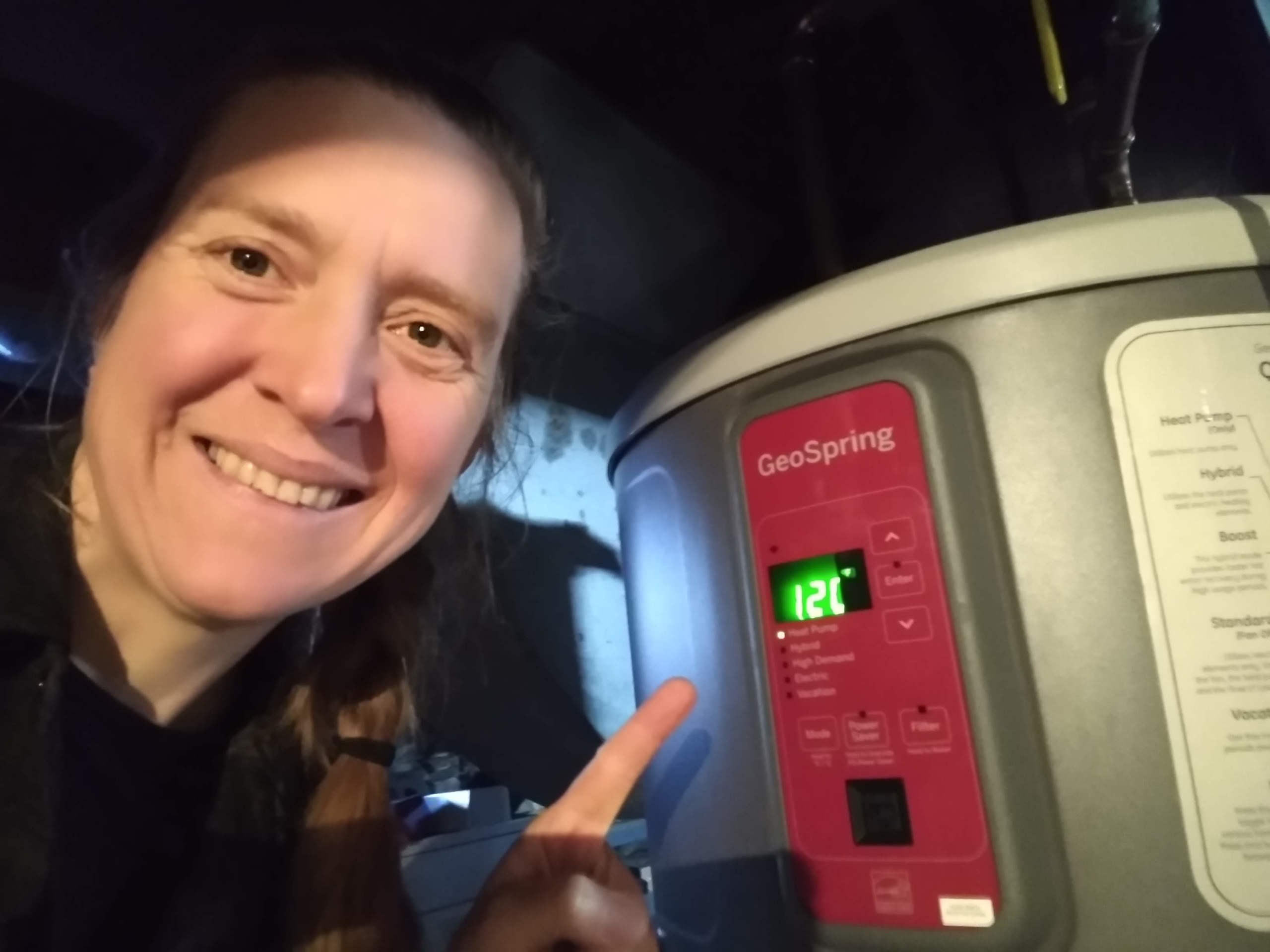
Saying farewell to fluorescents
Fluorescent light bulbs are a common sight in offices, garages, and basements—but they contain toxic mercury and are incredibly inefficient compared to newer alternatives. It's time to phase them out.
Updated

Fluorescent lighting was once the preferred option for many uses, but not anymore. LED light bulbs—readily available as replacements for fluorescents in all needed shapes and sizes—do not contain any of the toxic mercury that fluorescent bulbs do. LED bulbs also cut energy use in half compared to fluorescents, last about twice as long, and typically cost far less to purchase and operate over their lifetime. It’s time to say farewell to fluorescent bulbs.

Recording of Farewell to Fluorescents policy briefing
Fluorescent bulbs contain toxic mercury
Mercury is a potent and persistent neurotoxin that threatens human health and the environment. The World Health Organization counts mercury among the top 10 most dangerous chemicals impacting public health.

All fluorescent bulbs contain mercury by design and they release mercury whenever they are broken. Because fluorescent lighting is ubiquitous, lamp breakage can occur in homes, schools, child care settings, office and apartment buildings, retail stores, factories, health care and other facilities, as well as during disposal.
There is no “safe” level of exposure to mercury. When a fluorescent lamp breaks, the clean-up recommendations detailed by the US Environmental Protection Agency (EPA) are ‘above and beyond’ what most people are aware of and prepared to do. This includes immediate evacuation, ventilating the room for several hours, shutting off central heating and cooling to avoid mercury dispersion, collecting all contaminated materials (clothing, protective gloves, rugs) in a sealed plastic container, and following their local government’s disposal recommendations.
And when fluorescent bulbs are not disposed of properly—as happens with an estimated 75% of bulbs—mercury contamination follows. Mercury in our waste stream puts sanitation workers at risk. Mercury also leaches from landfills and gets burned in incinerators and eventually contaminates rivers, lakes, and oceans and the fish and shellfish within them.

LED bulbs are more energy-efficient than fluorescent bulbs
Because LED bulbs are more energy efficient than fluorescents, they cost less to operate, more than paying back their slightly higher upfront costs—which continue to drop each year—through lower electric bills. According to the report Farewell to Fluorescents released by ACEEE in 2022, a typical school could see more than $5,000 in annual utility bill savings if all its fluorescent bulbs were replaced with LEDs. LEDs also last about twice as long as fluorescents, so they need to be replaced less often.
LEDs use approximately half the electricity as fluorescent bulbs to produce the same amount of light.
States can lead the way
In 2022, Vermont and California became the first states to phase out the sale of most fluorescent bulbs. In 2023, five other states followed suit, with Hawaii, Colorado, Oregon, Rhode Island and Maine also phasing out fluorescents. In 2024, Washington state passed the bill and efforts are underway in a number of other states including Illinois, Minnesota, Michigan, Massachusetts, New York and Maryland to phase out sales of the most common fluorescent bulbs. These efforts build on global initiatives to phase out the sale of mercury-containing lighting agreed upon by 150 countries at the Minamata convention in November 2023.

Tell state lawmakers: Phase out inefficient light bulbs that contain toxic mercury
It's time to say farewell to fluorescent bulbs.
Additional Resources
Mercury in Fluorescent Lighting: Unnecessary Health Risks & Actionable Solutions
This 2021 report by the Clean Lighting Coalition, Mercury Policy Project and the Responsible Purchaser Network outlines the health risks and environmental impacts of fluorescent lighting, highlights the many compelling advantages of transitioning to mercury-free alternatives, and gives actionable solutions to phase out mercury-added lamps in the United States.
Farewell to Fluorescent Lighting: How a Phaseout Can Cut Mercury Pollution, Protect the Climate, and Save Money
This 2022 study by ACEEE finds that drop-in LED replacement lamps are available for all common linear fluorescent tubes, pin-based compact fluorescent lamps, and specialty applications.
Topics
Authors
Johanna Neumann
Senior Director, Campaign for 100% Renewable Energy, Environment America
Johanna directs strategy and staff for Environment America's energy campaigns at the local, state and national level. In her prior positions, she led the campaign to ban smoking in all Maryland workplaces, helped stop the construction of a new nuclear reactor on the shores of the Chesapeake Bay and helped build the support necessary to pass the EmPOWER Maryland Act, which set a goal of reducing the state’s per capita electricity use by 15 percent. She also currently serves on the board of Community Action Works. Johanna lives in Amherst, Massachusetts, with her family, where she enjoys growing dahlias, biking and the occasional game of goaltimate.
Matt Casale
Former Director, Environment Campaigns, PIRG
Find Out More

What is Clean Heat?

Why electric water heaters could be the hot new home improvement

2023 Colorado Legislative Report


